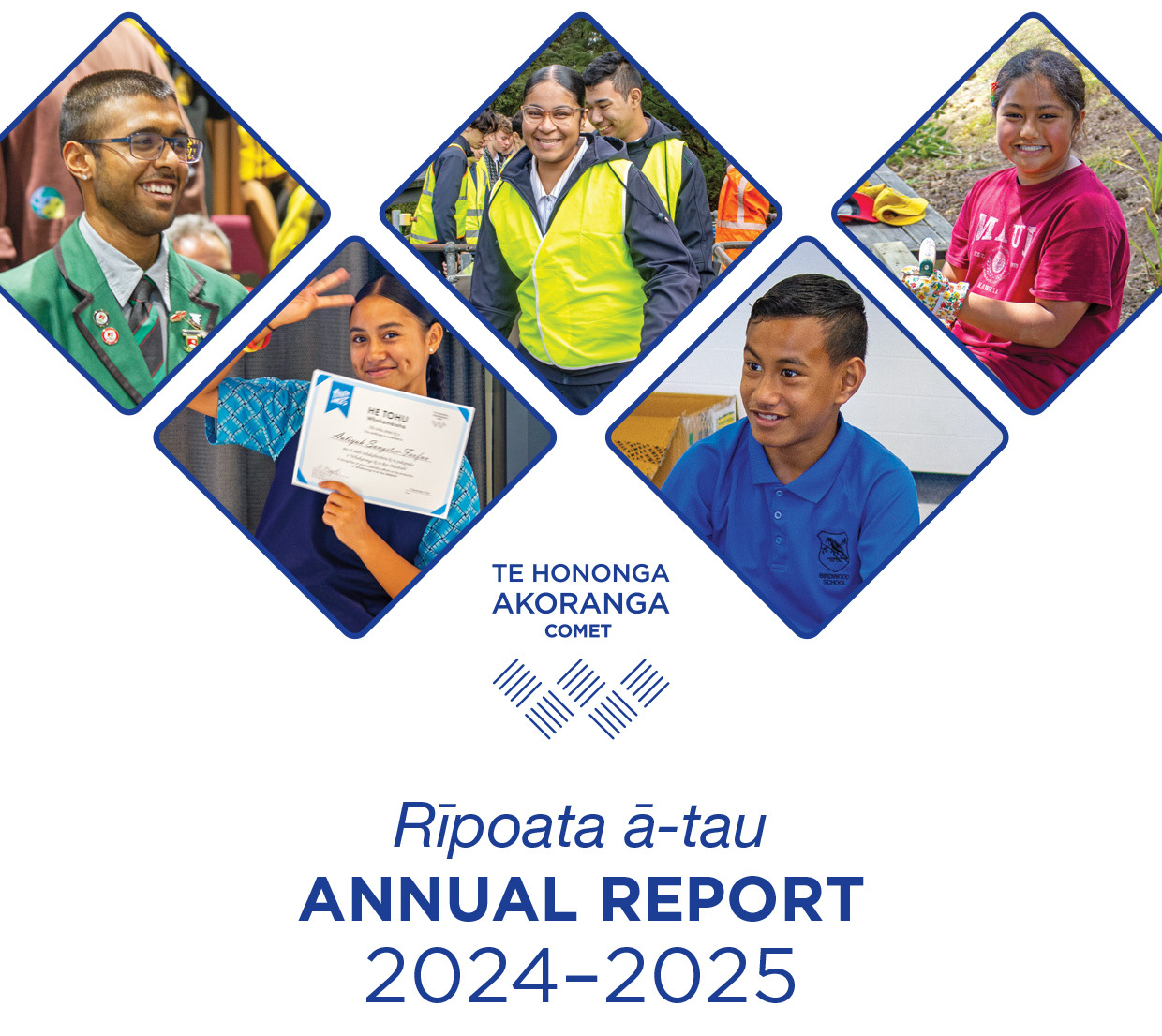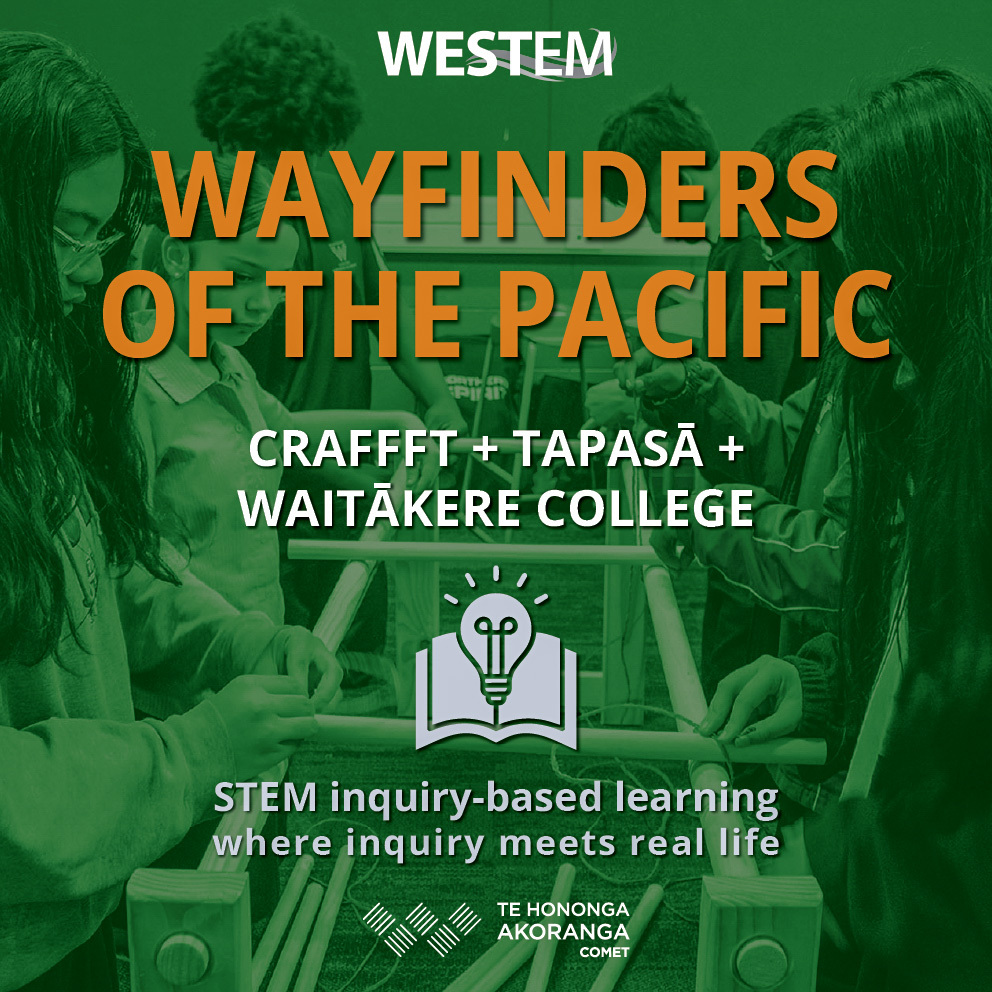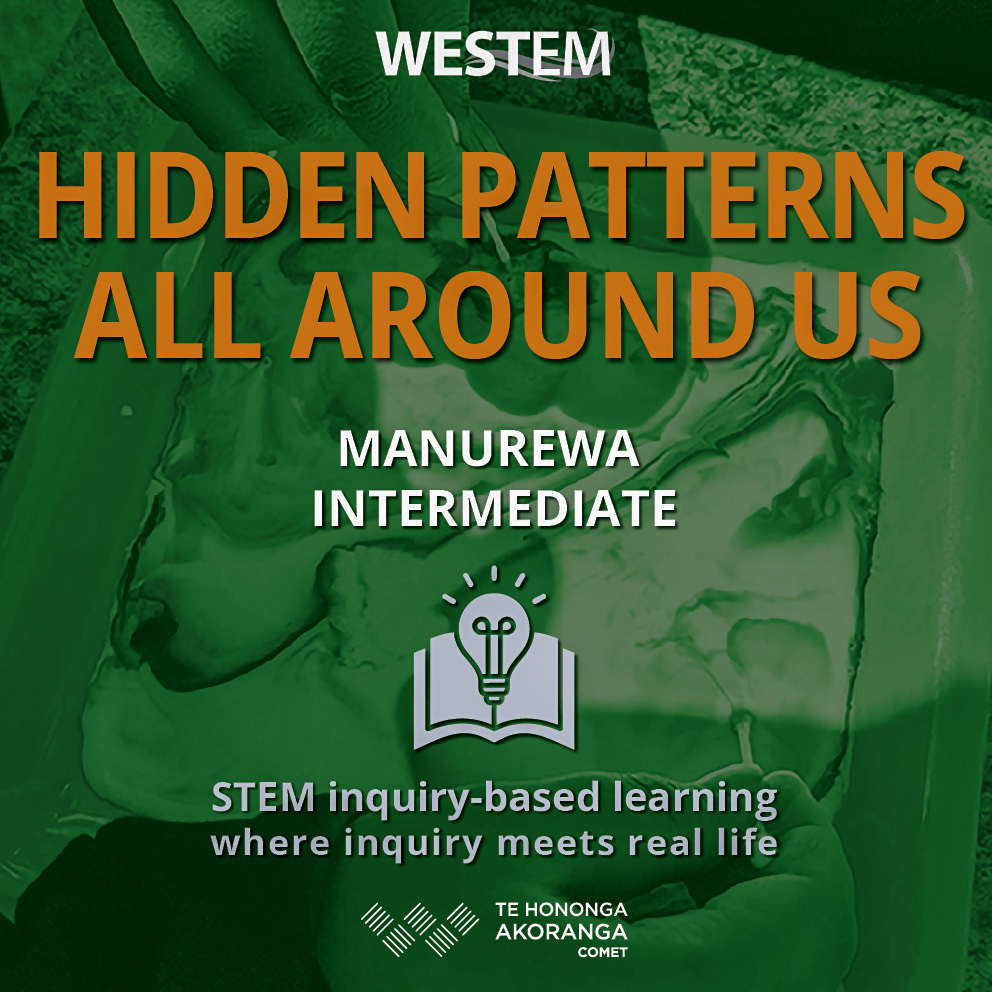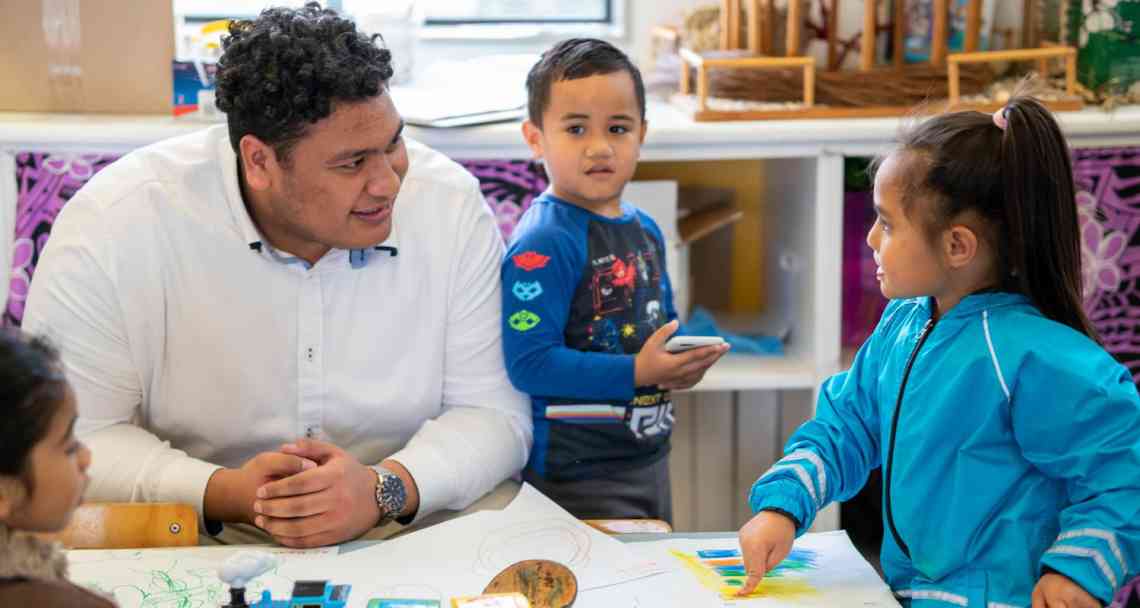
 Written by Ying Yang
Written by Ying YangThe SouthSci Participatory Science Platform gives young people an opportunity to collaborate with scientists, teachers and other students to solve real world problems that are relevant to their school or community. By putting youth at the centre of science, we empower them to be leaders. We encourage them to ask questions, engage in the scientific process and most importantly, share their knowledge with others.
Science is most powerful when it is shared widely and put into action. Think about the scientists on TV right now explaining why vaccines are important, or the health star ratings in supermarkets helping us make better food choices. Science communication is a vital tool for harnessing knowledge and sharing it simply and widely, to create positive changes in our communities.
But science communication isn’t limited to scientists and academics. Everyone can use science to communicate important ideas and influence positive change for their whānau or community. The SouthSci PSP has seen many great examples of this, where young leaders have shared their science learning and solutions with the wider community with wonderful results.
Here are just a few awesome examples from 2021 SouthSci projects.
Taking care of rubbish #
Students and teachers at Le Malelega a le To’leau Pasifika Early Learning Centre in Mangere worked with engineers from Fisher & Paykel Healthcare to design and build a unique rocket ship bin system, to teach children how to sort and separate rubbish, food waste and recycling. The enthusiastic toddlers learnt about why recycling is important and how rubbish and pollution can harm Papatuānuku. Now, the zero-waste message is spreading far beyond the early learning centre. Kids as young as two years old have even been encouraging their parents to pick up rubbish and sort their recycling!
See this success story as told by the students, teachers and whānau here.
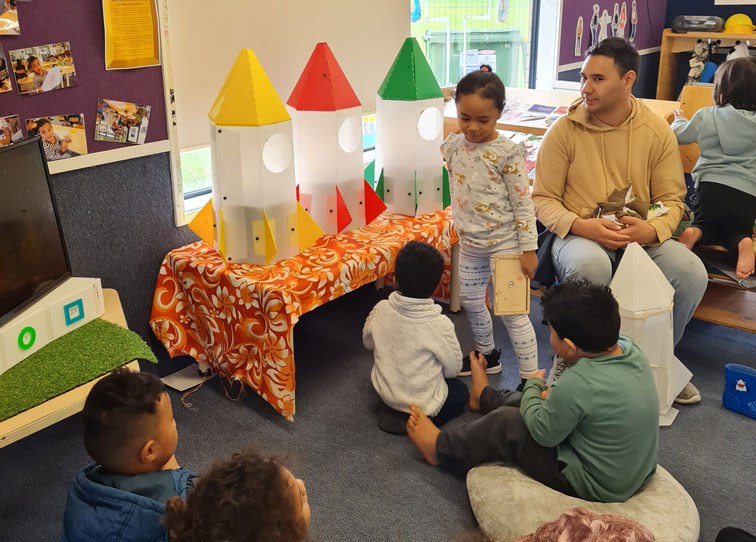
Keeping waterways clean and people safe #
These kids from Accelerating Aotearoa Inc in Ōtara are on a mission to keep others safe from the nasty wastewater that flows into their awa after it rains. Through a year-long investigation of wastewater overflows, the kids found out that their local stream can be contaminated with harmful bacteria after as little as two mm of rain!
To warn others about the dangers of dirty streams, students created colourful signage and put them up in public places and at local libraries. Even after a few months, the signs have stayed in place and are continuing to help protect people and raise awareness of uncontrolled wastewater overflows.
Taking their community action one step further, rangatahi leaders are now teaching other students how to test for water quality and monitor stream health. The benefit of this tuakana-teina approach is in creating engaged and empowered students, who are supporting each other to become citizen scientists in their community!
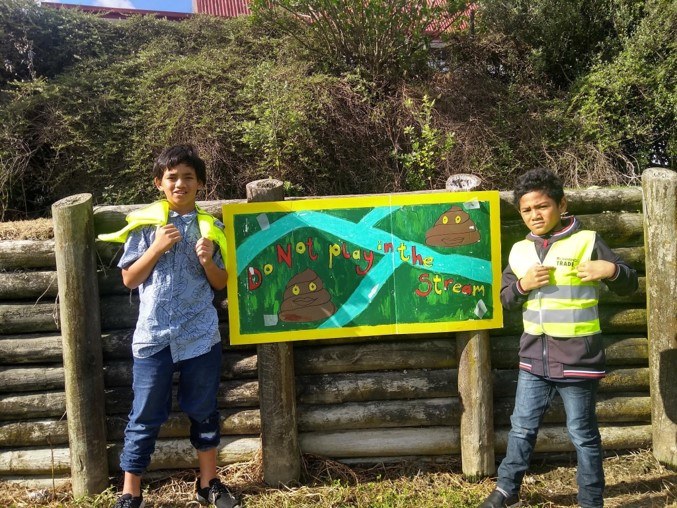

Making housing more affordable
Student voices aren’t normally heard at an Auckland Council planning meeting at the Town Hall. But that’s exactly where a group of Manurewa High School maths students headed when they wanted to tackle the challenge of affordable housing.
With mentoring from AUT maths professors, students analysed and modelled the different factors that affect housing affordability, especially large, low-income families in Manurewa. They came up with a list of recommendations for bigger houses, better quality builds, and more accessible public transport to get to jobs.
Presenting these recommendations to the Council planning committee – including the Mayor! – was a huge opportunity for the students. They did everyone proud in voicing their concerns and ideas, speaking up for the generation of young people who will face the biggest housing challenges in the future. There is no doubt that public pressure and student voices can and do influence decision making, by highlighting what is important to the local community and offering locally appropriate solutions.
Participatory science projects show that through collaborative science and communication, student voices have the power to effect positive change in their communities.
So how do we empower more student voices to be at the centre of science learning and communication?
There are lots of things we can do as teachers, parents, educators or science experts. Here are SouthSci’s top tips for empowering student voices:
- Listen to the students: find out what is important to them and let them lead the way.
- Make learning authentic and relevant: use real-world contexts and examples to make STEM learning more accessible.
- Work with external experts: give students opportunities to extend their knowledge and learn from role models by working with STEM experts in your community.
- Recognise the value and strengths that different partners (including students!) can offer: remain open to new ideas and two-way learning. Unusual collaborations can be a great driver for innovation and creative problem solving.
